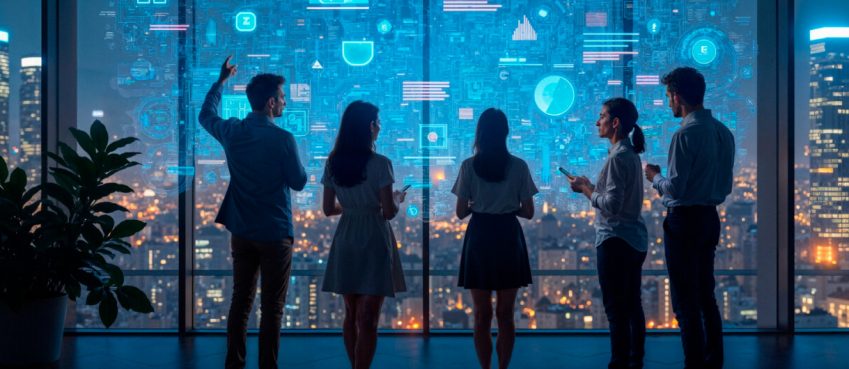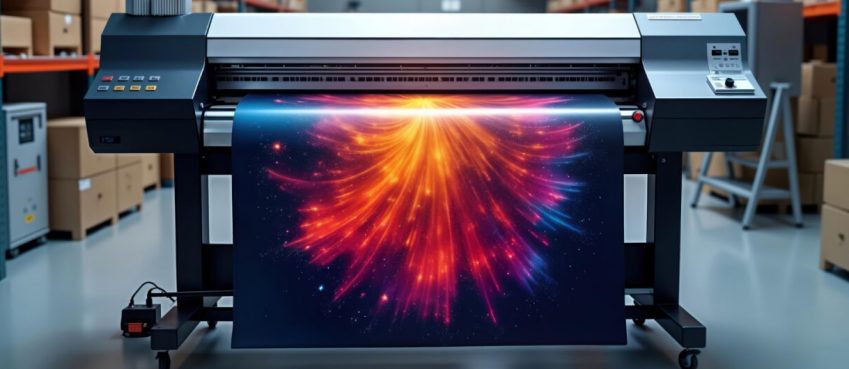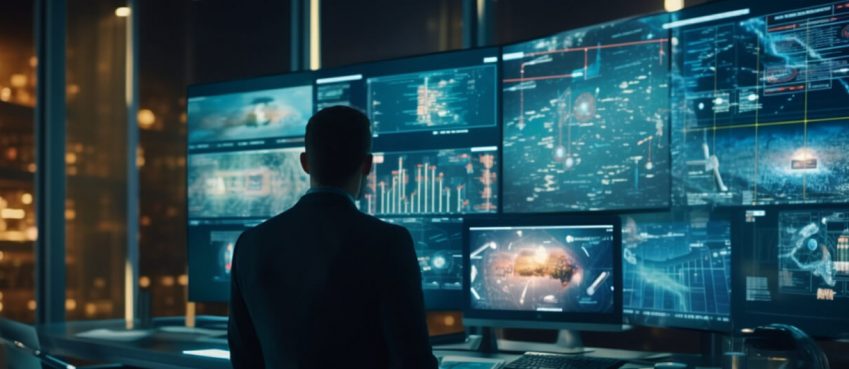
Almost every camera in the market comes with a viewfinder.
A viewfinder is a component of a camera that lets a photographer (a person who takes photographs) look through to view the scene to compose or focus the picture.
It is an important element of a camera because photographers use it to view the scene and get confident with the quality before taking a picture.
In today’s blog, I’m gonna talk about the same.
There are two types of viewfinder you will find in cameras.
- First, Optical viewfinder which comes in a DSLR.
- Second, Electronic viewfinder which comes in mirrorless.
In DSLR cameras, the viewfinder is placed on top of the camera body. It is known as an optical viewfinder or OVF.
In mirrorless, it comes separately. Basically, aligned in the form of a small screen. It is known as an electronic viewfinder or EVF.
Now, the interesting thing to know is that not all mirrorless cameras possess EVFs technology. You may have noticed some with only a rear LCD.
In this blog, I’ve only talked about Optical Viewfinder (OVF) technology and how it works when taking a picture.
What Is An Optical Viewfinder?
An optical viewfinder has no difference in terms of narration. But, as it is found in DSLR type cameras, again that means, by using a system of mirrors and prisms, like a periscope, to bounce the image up to the viewfinder and the eye.
This is still most preferable for many pro-photographers.
In layman terms, optical viewfinder refers to the offset image that is captured by utilising the viewfinder’s lens itself with the help of mirror and prism.
Features of an optical viewfinder:
- OVF shoots high resolution and irresistible refresh rate images.
- Read the real image of the subject and help the shooter to click exactly what is seen.
- Show an image with no time lag, no resolution limit, and with all clarity.
- Act like a periscope, offering better image quality with no resolution loss.
What Is The Purpose Of An Optical Viewfinder In Camera?
As I said earlier, a viewfinder is an important component in a camera. Its purpose is to act as an eyepiece on a camera and provide a view of the scene to allow the photographer to see what’s being shot.
Ultimately, viewfinder provides detail about the scene and helps photographers to adjust settings if necessary with a purpose to get an amazing image shooting experience.
How Does Optical Viewfinder Used When Taking Photographs?
Cameras that come with OVF technology generally follow a periscope system. A periscope system consists of a set of mirrors or prisms that reads and captures the scene quickly with real, high-resolution colour.

- Light enters through the lens and hits the reflex mirror.
- The reflex mirror then bounced up the light to the pentaprism.
- The system reflects the light and makes it to its destination i.e. eyepiece.
- Upon pressing the shutter button, the mirror flips up and at the moment, the sensor is used to capture the image.
Best Cameras For Photography With Optical Viewfinder
To end this blog, I’ve mentioned some of the year’s best cameras for photography that come with OVF technology.
Nikon D5600

Type: DSLR
Sensor: CMOS sensor
Megapixel: 24.2 MP
Max burst speed: 5 FPS raw continuous shooting
Max video resolution: 1080p at 24fps and 60fps
Nikon D5600 is beginners’ photography-friendly camera which is available in the market at a low-price.
Canon 90D

Type: DSLR
Sensor: CMOS
Megapixel: 32 MP
Max burst speed: 11 FPS raw continuous shooting
Max video resolution: 4K (without a crop)
Canon 90D is the best cameras for photography because it offers everything to photographers to take the best shot confidently.
Nikon D3500

Type: DSLR
Sensor: CMOS
Megapixel: 24 MP
Max burst speed: 5 FPS raw continuous shooting
Max video resolution: FHD at 60fps
Ergonomic designed, intelligent sensor, and long-battery life, it is the best camera for photography that you can try.
In conclusion, DSLR cameras are impressive and shots brilliant with high resolution and good refresh rates.
OVF-integrated cameras are good for photography whether its sports, cinematic, wildlife, or standard. It performs very well and won’t disappoint you, expect one drawback, they are not made for low-light photography.
Thanks for reading this blog 🙂 Enjoy shooting!
Top 10 News
-
01
Top 10 Deep Learning Multimodal Models & Their Uses
Tuesday August 12, 2025
-
02
10 Google AI Mode Facts That Every SEOs Should Know (And Wha...
Friday July 4, 2025
-
03
Top 10 visionOS 26 Features & Announcement (With Video)
Thursday June 12, 2025
-
04
Top 10 Veo 3 AI Video Generators in 2025 (Compared & Te...
Tuesday June 10, 2025
-
05
Top 10 AI GPUs That Can Increase Work Productivity By 30% (W...
Wednesday May 28, 2025
-
06
[10 BEST] AI Influencer Generator Apps Trending Right Now
Monday March 17, 2025
-
07
The 10 Best Companies Providing Electric Fencing For Busines...
Tuesday March 11, 2025
-
08
Top 10 Social Security Fairness Act Benefits In 2025
Wednesday March 5, 2025
-
09
Top 10 AI Infrastructure Companies In The World
Tuesday February 11, 2025
-
10
What Are Top 10 Blood Thinners To Minimize Heart Disease?
Wednesday January 22, 2025







